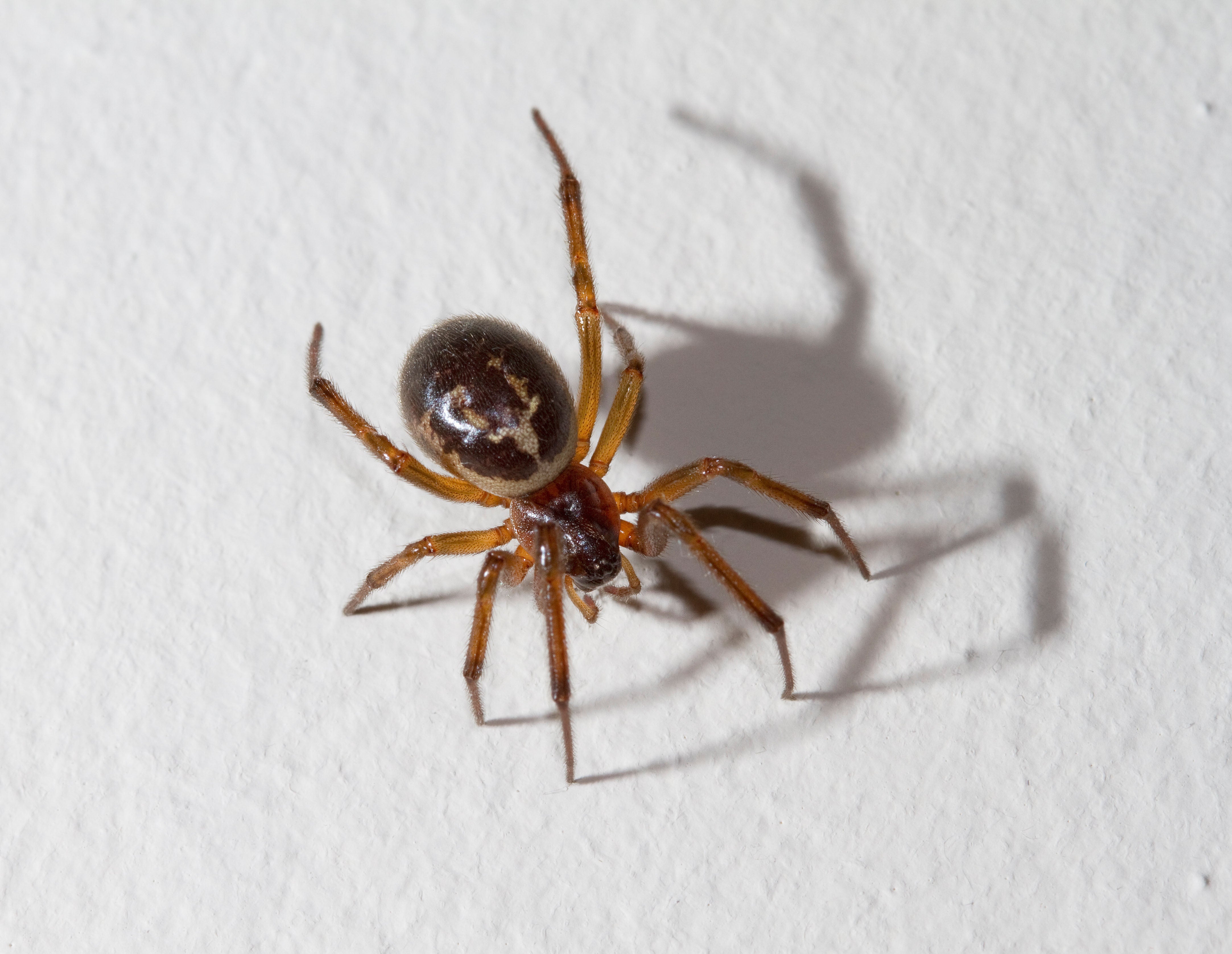Scientists from Stockholm University, the Arctic University of Norway, Lund University and Karolinska Institute have extracted, sequenced and analyzed historical RNA from muscle and skin tissue of a 130-year-old thylacine (Thylacinus cynocephalus) preserved in desiccation at room temperature in a museum collection.
A pair of thylacines, a male and female, c. 1905. Image credit: Smithsonian Institutional Archives / E. J. Keller, National Zoological Park.
The thylacine, also known as the Tasmanian tiger or the marsupial wolf, was a carnivorous marsupial and the apex predator in Tasmania.
The species is one of only a few marsupials to have a pouch in both sexes.
The thylacine looked like an amalgam of several animals. It was the size and shape of a medium-to-large size dog, but had tiger-like stripes running down its lower back and an abdominal pouch.
The fossil record shows that the thylacine appeared about 4 million years ago in Australia. By the 20th century it was extinct, or extremely rare, on the mainland but was still found in Tasmania, the island state off Australia’s southern coast.
The thylacine’s demise can be directly attributed to the bounty scheme in place from 1830-1914 that resulted in the killing of several thousand animals and indirectly to the loss of its habitat from farming activity.
The last known thylacine died in 1936, in Beaumaris Zoo in Hobart, Tasmania, and little is known about the species’ natural behavior.
Recent efforts in de-extinction have focused on the thylacine, as its natural habitat in Tasmania is still mostly preserved, and its reintroduction could help recovering past ecosystem equilibriums lost after its final disappearance.
However, reconstructing a functional living thylacine not only requires a comprehensive knowledge of its genome (DNA), but also of tissue-specific gene expression dynamics and how gene regulation worked, which are only attainable by studying its transcriptome (RNA).
“Resurrecting the thylacine or the woolly mammoth is not a trivial task, and will require a deep knowledge of both the genome and transcriptome regulation of such renowned species, something that only now is starting to be revealed,” said lead author Dr. Emilio Mármol, a researcher at Stockholm University.
In their study, Dr. Mármol and colleagues extracted and sequenced the transcriptome from muscle and skin tissue of a 130-year-old desiccated thylacine specimen from Swedish Museum of Natural History.
This led to the identification of tissue-specific gene expression signatures that resemble those from living marsupial and placental mammals.
The recovered transcriptomes were of such good quality that it was possible to identify muscle- and skin-specific protein coding RNAs, and led to the annotation of missing ribosomal RNA and microRNA genes, the later following MirGeneDB recommendations.
“This is the first time that we have had a glimpse into the existence of thylacine-specific regulatory genes, such as microRNAs, that got extinct more than one century ago,” said Stockholm University’s Dr. Marc R. Friedländer.
This study opens up new exciting opportunities and implications for exploring the vast collections of specimens and tissues stored at museums across the globe, where RNA molecules might await to be uncovered and sequenced.
“In the future, we may be able to recover RNA not only from extinct animals, but also RNA virus genomes such as SARS-CoV2 and their evolutionary precursors from the skins of bats and other host organisms held in museum collections,” said Stockholm University’s Professor Love Dalén.
The study was published in the journal Genome Research.
_____
Emilio Marmol-Sanchez et al. Historical RNA expression profiles from the extinct Tasmanian tiger. Genome Res, published online july 18, 2023; doi: 10.1101/gr.277663.123
Note: This article have been indexed to our site. We do not claim legitimacy, ownership or copyright of any of the content above. To see the article at original source Click Here














